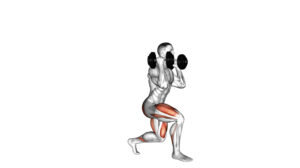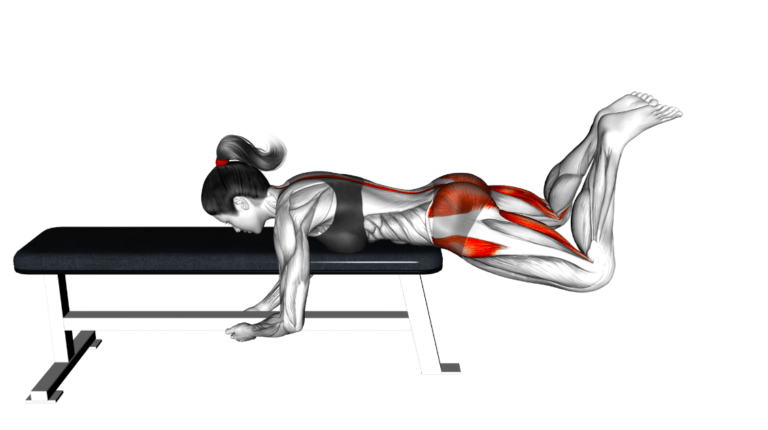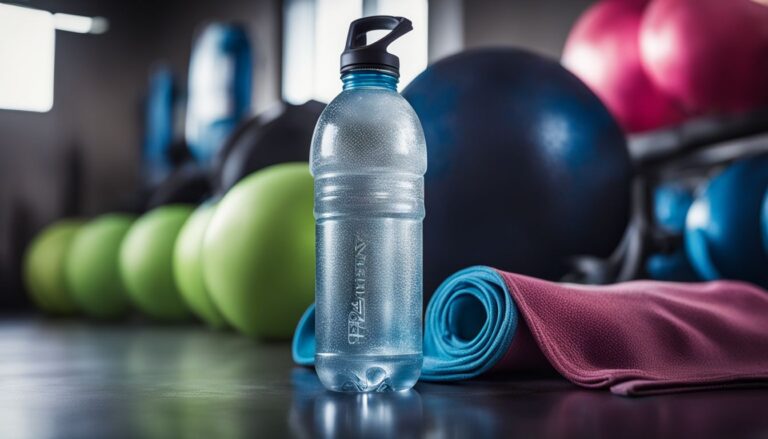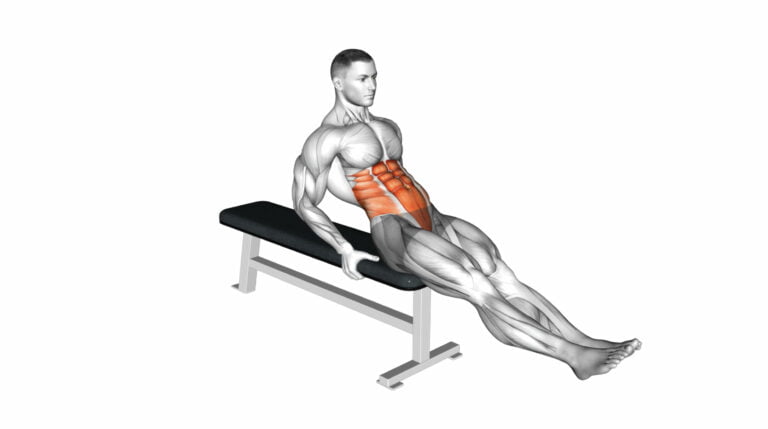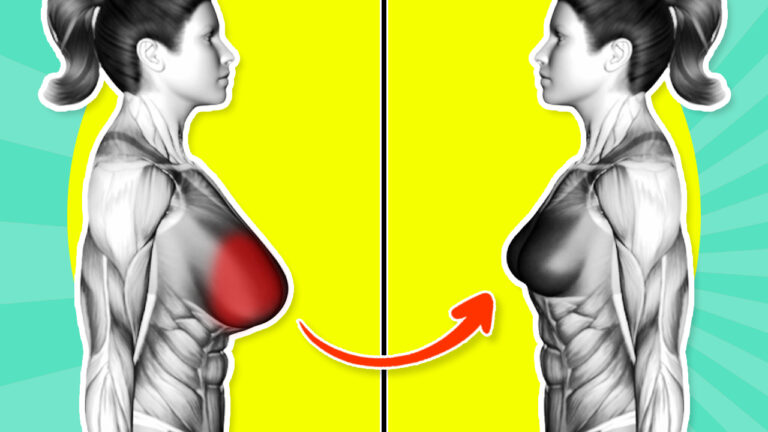Why Is Exercise Good For The Lymphatic System? Find Out Now! Key To Improving Lymphoedema
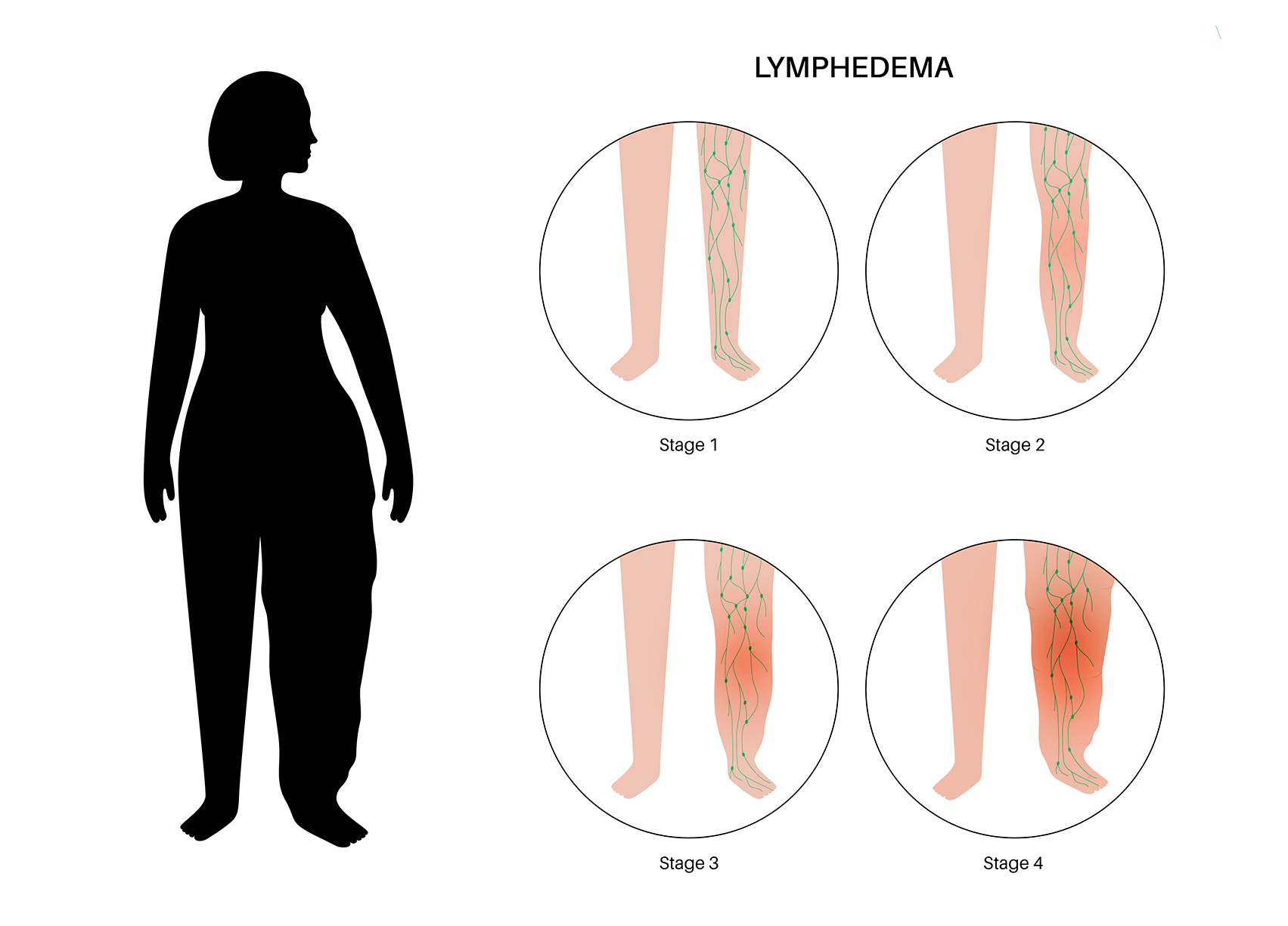
Exercise is a key player in keeping our bodies healthy, more so for the lymphatic system than you might realize. Often overlooked, this part of our wellness puzzle does a lot more work behind the scenes than it gets credit for.
Improving lymph flow and reducing swelling, particularly in cases of lymphedema—a condition many face with little hope for relief—exercise offers a beam of light. The idea that moving your body could directly influence and enhance this hidden network within us isn’t just hopeful; it’s rooted in science.
With over ten years diving deep into fitness coaching and sports nutrition, I’ve seen firsthand why exercise is good for the lymphatic system. My journey from gym novice to an educator in physical education armed me with insights not only into how our muscles and heart benefit from exercise but also how crucial movement is for stimulating lymph flow and overall health.
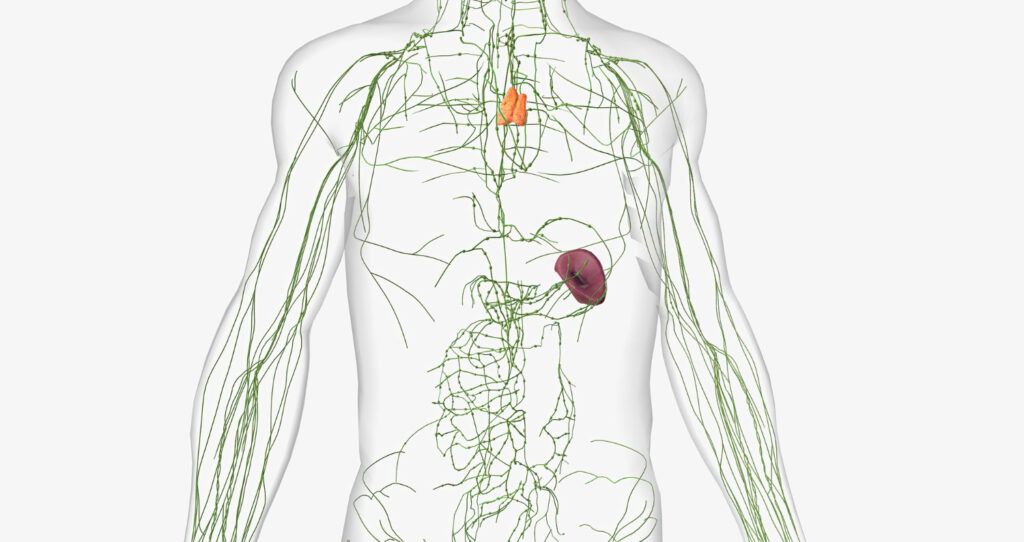
In this read, we’re going to unpack some straightforward yet powerful ways to get your lymph moving better—because understanding leads to action! Stay tuned.
Key Takeaways
- Moving your body helps the lymphatic system work better by pushing fluid through your body. This means less swelling and a stronger immune system.
- Doing specific exercises like walking, jumping jacks, leg lifts, arm raises, deep breathing, yoga, Pilates, and cycling can improve lymph flow.
- For people with lymphoedema, regular exercise reduces swelling by moving fluid back into circulation.
Understanding the Lymphatic System

Moving forward from the introduction, we dive into how the body keeps itself clean. The lymphatic system is like a network of highways inside you. It has tubes that carry lymph fluid all around your body.
This fluid picks up bad stuff like bacteria and waste products from tissues and moves them out of your body. Picture little cleaning crews traveling through these tubes, making sure everything harmful gets removed efficiently.
Your lymph nodes are small, bean-shaped stations along these highways where the cleaning crew checks for any invaders like viruses or cancer cells. When found, they alert the immune system to get rid of them fast.
This whole process helps keep your immune system strong and your body healthy.
Stimulating the lymphatic flow through physical activity can significantly enhance overall health.
So, why is exercise good for the lymphatic system? Because it kicks this entire cleanup operation into higher gear – think of it as putting those cleaning crews on turbo mode!
The Impact of Exercise on the Lymphatic System
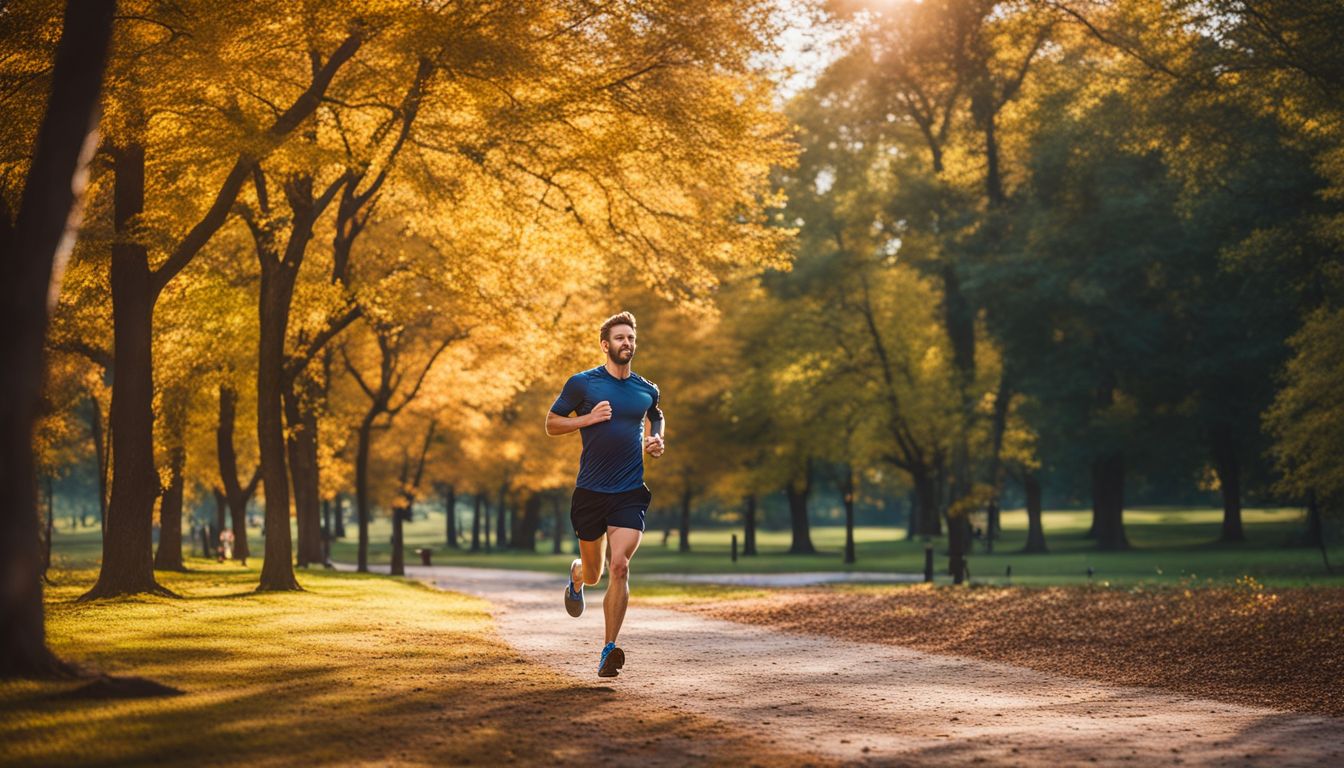
Exercise plays a big role in keeping your lymphatic system working well. It moves the fluid through your body, helping it clean out bad stuff. Why is exercise good for the lymphatic system? Because it keeps everything flowing and healthy!
How Exercise Helps Your Lymphatic System
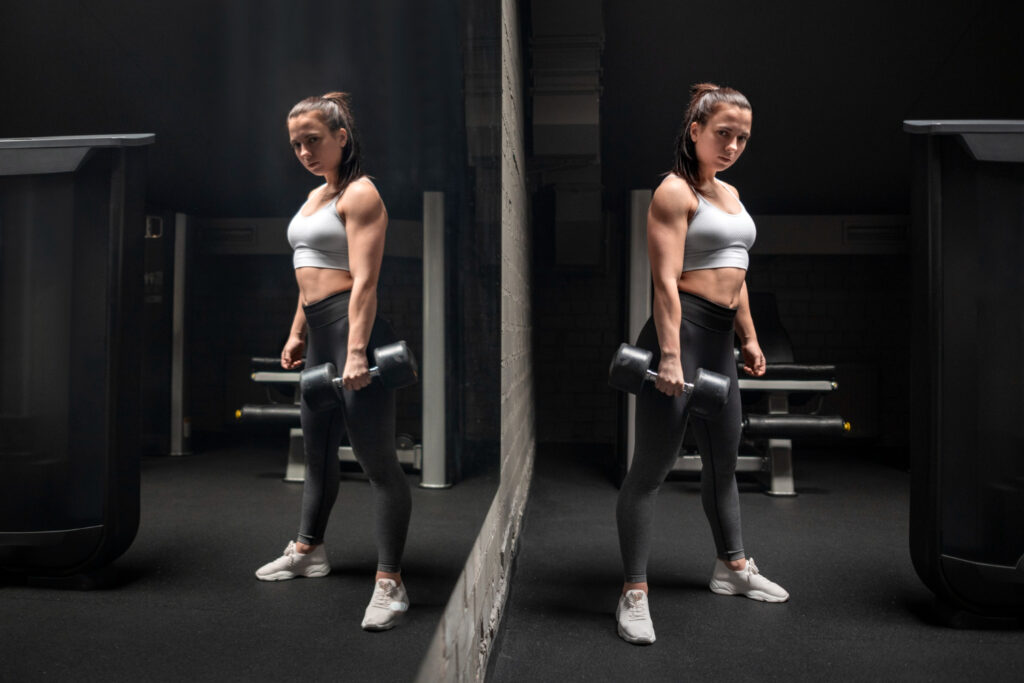
Moving your body does wonders for the lymphatic system. This network needs help to move fluid, as it doesn’t pump on its own like the heart. Simple actions like walking or aerobic activities get muscles to push against lymph vessels.
This action helps fluid flow better through these channels, reaching parts of the body quicker. It’s a little bit like squeezing a water hose gently to make sure water reaches further.
Specific movements and exercises can stimulate drainage in areas that tend to swell, such as arms or legs. For people dealing with lymphoedema, keeps swelling down by supporting fluid movement away from affected regions.
Mild strength training and stretching are great too. They open up spaces in tissues so that liquid has more room to move around. Deep breathing during workouts acts like an internal massage for vessels under your skin and near vital organs, promoting even more flow throughout this crucial system.
Specific Exercises to Stimulate the Lymphatic System
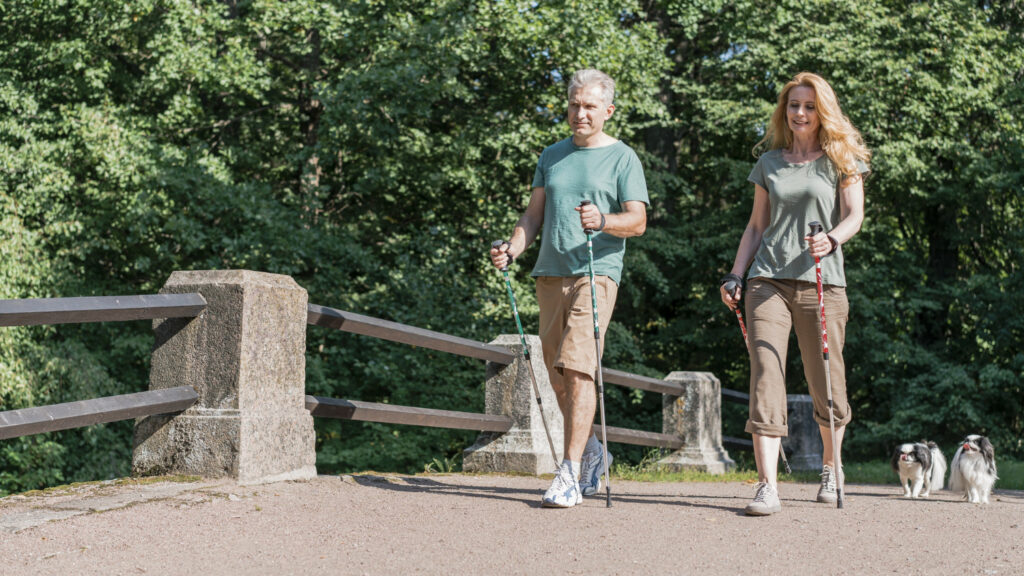
Exercise plays a big part in keeping your lymphatic system healthy. It helps move lymph, reducing swelling and boosting your immune system. Here are some great exercises to get that lymph flowing:
Walking – Simple yet effective. You keep the blood pumping, and the gentle movement helps stimulate the flow of lymph through its vessels.
Jumping Jacks – This fun activity is not just for kids. Jumping jacks make your muscles work and help pump fluid through the lymphatic system.
Leg Lifts – Laying flat on your back, slowly lift one leg at a time toward the ceiling. This motion can help fluid drain back into circulation from swollen areas.
Arm Raises – While sitting or standing, raise your arms above your head then lower them back down. This exercise can aid in moving fluid out of the upper body.
Breathing Deeply – Big breaths in and out can act like a pump for your lymphatic fluid, helping move it through the body.
Yoga – Many yoga poses involve stretching and relaxing, which can enhance lymphatic drainage especially from areas around the neck and head.
Pilates – Like yoga, Pilates works by stretching but also strengthening muscles which can improve overall lymphatic flow and health.
Cycling – Riding a bike works out your legs and helps with blood circulation which is connected to moving lymph fluid too.
After doing these exercises regularly, you might notice less swelling and feel better overall. Next up, let’s look at how these activities play a role in managing conditions like lymphoedema.
The Role of Exercise in Improving Lymphoedema
Moving your body does wonders for the lymphatic system, especially for those dealing with lymphoedema. This condition causes swelling because fluid doesn’t drain well in certain parts of the body.
Regular exercise can help push this fluid back into circulation, reducing swelling and discomfort. It’s a simple truth – being active encourages the flow of fluid through your lymph vessels.
Why is exercise good for the lymphatic system? Well, it acts like a pump. Every time you move, you help squeeze these vessels, driving fluid away from swollen areas towards places where it can be reabsorbed by the bloodstream.
Activities such as walking, swimming, and yoga are particularly effective since they involve many parts of your body in smooth motions. Wearing compression garments during workouts can also improve this effect by offering extra support to tissues affected by cancer treatments or damage to their lymphatic systems.
So yes, getting up and exercising not only boosts your overall health but plays a key role in managing and improving symptoms related to lymphoedema.
Conclusion
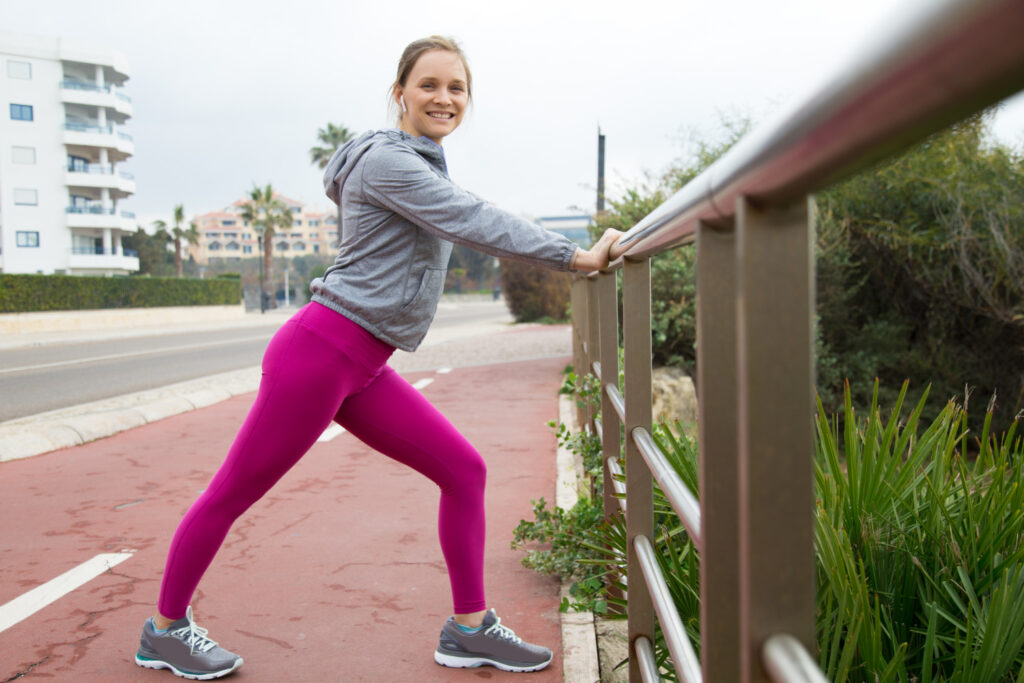
Exercise gets your lymphatic system moving. It helps it do its job better. This means less swelling and a stronger immune system. If you have lymphoedema, exercise can make a big difference.
So, ask your doctor about the best way to start working out for your health. Why is exercise good for the lymphatic system? Because it keeps you healthy and feeling good!
FAQs
1. What does exercise do for the lymphatic system?
Exercise gets your body moving… and that includes your lymphatic system! It helps lymph flow better, which can reduce swelling and keep your immune system healthy.
2. Can working out help if I have lymphoedema?
Yes, it sure can! Exercise is one of the best ways to promote lymphatic health. It can help move excess fluid and reduce swelling. But, talk to a specialist first to find what’s safe for you.
3. How often should I exercise for my lymphatic health?
Aim to get moving at least twice a day. Even simple activities like walking or gentle stretching can make a big difference in how well your lymph fluid drains.
4. Are there special exercises for people with breast cancer-related lymphoedema?
Absolutely! For women treated for breast cancer, certain exercises can really help manage symptoms… Just make sure you check with a doctor or a lymphoedema specialist first.
5. What role does the circulatory system play alongside the lymphatic system during exercise?
Think of them as buddies working together – while you’re exercising, both systems kick into high gear to move fluids around your body more effectively, keeping everything flowing smoothly from head to toe.
6. Is it okay to rest if my limbs feel swollen after exercise?
Definitely – resting is key! If you notice swelling, try laying flat with your limbs slightly raised… This position helps encourage fluid to flow back where it needs to go.

Author
Years ago, the spark of my life’s passion ignited in my mind the moment I stepped into the local gym for the first time. The inaugural bead of perspiration, the initial endeavor, the very first surge of endorphins, and a sense of pride that washed over me post-workout marked the beginning of my deep-seated interest in strength sports, fitness, and sports nutrition. This very curiosity blossomed rapidly into a profound fascination, propelling me to earn a Master’s degree in Physical Education from the Academy of Physical Education in Krakow, followed by a Sports Manager diploma from the Jagiellonian University. My journey of growth led me to gain more specialized qualifications, such as being a certified personal trainer with a focus on sports dietetics, a lifeguard, and an instructor for wellness and corrective gymnastics. Theoretical knowledge paired seamlessly with practical experience, reinforcing my belief that the transformation of individuals under my guidance was also a reflection of my personal growth. This belief holds true even today. Each day, I strive to push the boundaries and explore new realms. These realms gently elevate me to greater heights. The unique combination of passion for my field and the continuous quest for growth fuels my drive to break new ground.


